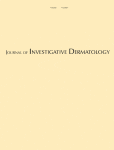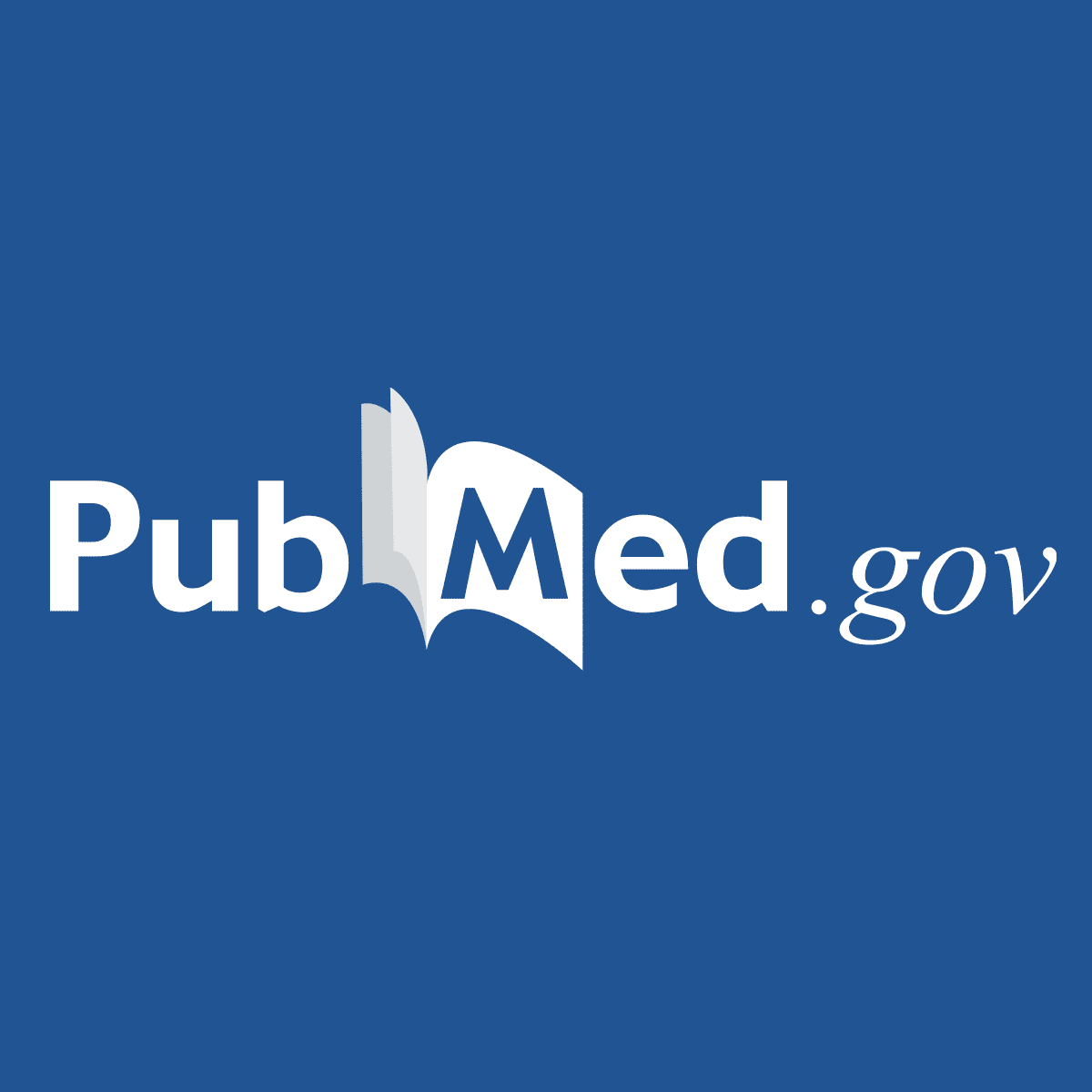MyUsernameHere
Member
- Joined
- Nov 16, 2012
- Messages
- 1,100
Decreased total antioxidant activity and increased MDA levels found in plasma samples of patients with androgenetic alopecia are indicators of oxidative stress presence in these patients.

Oxidative Stress–Associated Senescence in Dermal Papilla Cells of Men with Androgenetic Alopecia
Dermal papilla cells (DPCs) taken from male androgenetic alopecia (AGA) patients undergo premature senescence in vitro in association with the express…
Balding DPCs secreted higher levels of the negative hair growth regulators transforming growth factor beta 1 and 2 in response to H2O2 but not cell culture–associated oxidative stress. Balding DPCs had higher levels of catalase and total glutathione but appear to be less able to handle oxidative stress compared with occipital DPCs.

Induction of transforming growth factor-beta 1 by androgen is mediated by reactive oxygen species in hair follicle dermal papilla cells - PubMed
The progression of androgenetic alopecia is closely related to androgen-inducible transforming growth factor (TGF)-β1 secretion by hair follicle dermal papilla cells (DPCs) in bald scalp. Physiological levels of androgen exposure were reported to increase reactive oxygen species (ROS)...
The progression of androgenetic alopecia is closely related to androgen-inducible transforming growth factor (TGF)-β1 secretion by hair follicle dermal papilla cells (DPCs) in bald scalp. Physiological levels of androgen exposure were reported to increase reactive oxygen species (ROS) generation.
The AR stably-transfected DP-6 cells were incubated with synthetic androgen, R1881. Intracellular production of ROS markedly increased with R1881 treatment in DP-6 cells, which was measured by flow cytometry and laser scanning confocal microscopy. Furthermore, androgen-inducible TGF-β1 was significantly suppressed by several species of ROS scavenger or inhibitors.

Prostaglandin D2 Uses Components of ROS Signaling to Enhance Testosterone Production in Keratinocytes - PubMed
Elevated levels of prostaglandin D2 (PGD2) have been shown to be present in the bald scalp of androgenic alopecia (AGA) patients and to functionally inhibit hair growth. However, its precise mechanism in AGA has yet to be clearly defined. Although testosterone plays a critical role in the...
Here we show that human keratinocytes treated with PGD2 show enhanced capacity to convert the weak androgen, androstenedione, to testosterone. ... Our study suggests the existence of a possible crosstalk between the PGD2-reactive oxygen species axis and testosterone metabolism in keratinocytes.
Oxidative stress could easily be one of the main mechanism by which the excessive androgenic load on AGA hair follicles causes them to die. How do we combat this?
Personally, I have experimented with various antioxidants. Oral or topical glutathione COMPLETELY stop my hair loss and cause slow regrowth (Finasteride and most other things did not). Taking NAC as a precursor does not work as well or at all. If a simple antioxidant can stop hair loss then that would suggest that the majority of damage must occur via the ROS->TGF-beta->catagen angle.
Unfortunately for whatever reason NAC and glutathione (and most other antioxidants) cause me pain/burning in the groin area (along with testicles being tight and shrunken) which is quite uncomfortable. I suspect this might be a consequence of too MUCH antioxidant activity in that part of the body while elsewhere I feel totally fine (libido and mood are normal). If I could find a way to mitigate this side effect I would have my cure for hair loss. I haven't found any information online that someone else experiences this so it must be something specific to my body chemistry but it's extremely discouraging to not be able to use such effective and otherwise safe treatment due to some strange side effect like this.
Anyway I am posting this to encourage other people to experiment with things like this as you may find you tolerate it better and it just does the trick for you. I think we should look into how to increase the antioxidant / glutathione production in the hair follicles themselves. It sounds like they are already trying that but the ROS load is simply too high for the local antioxidant mechanisms to cope with.
